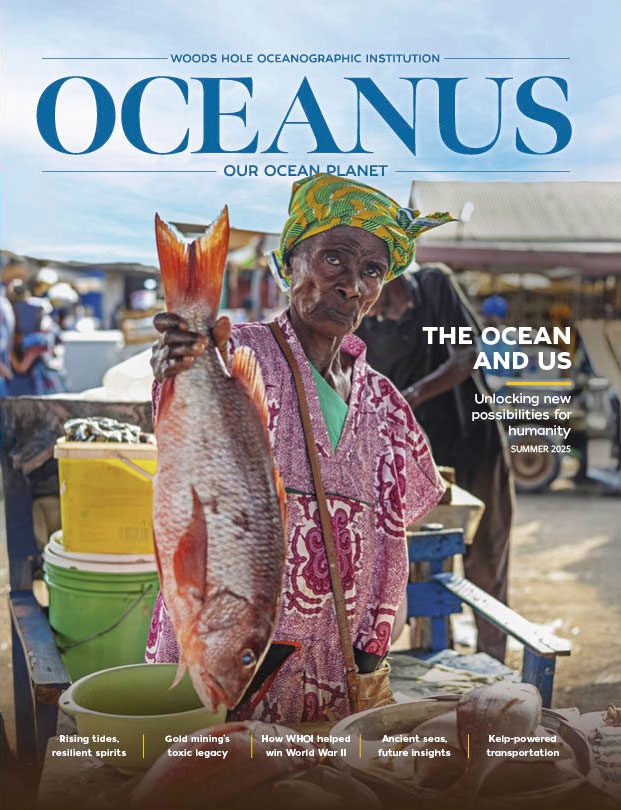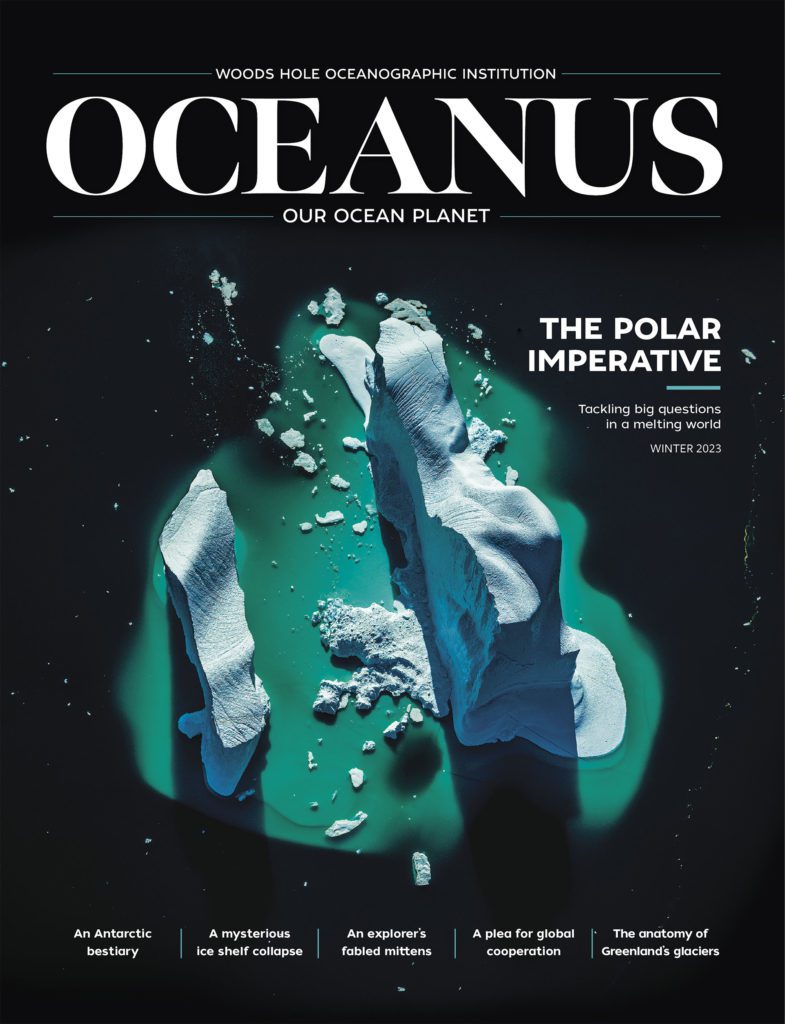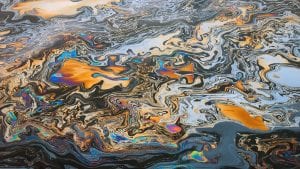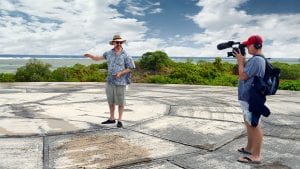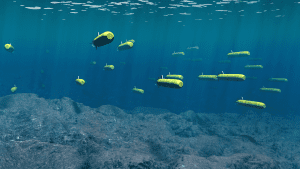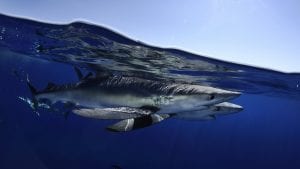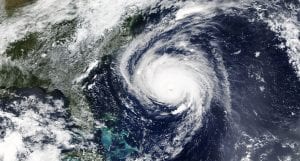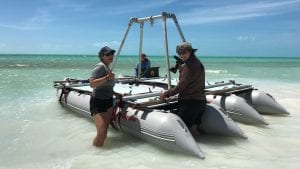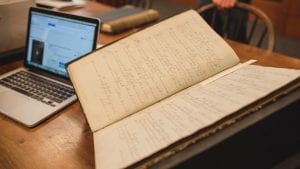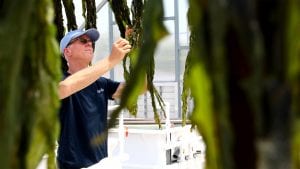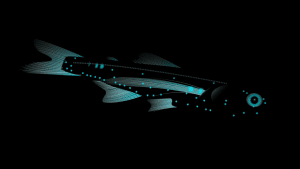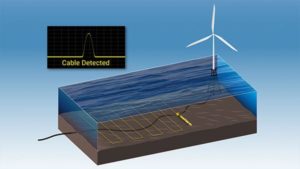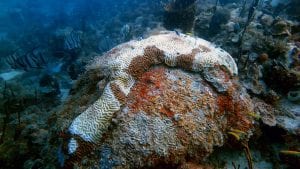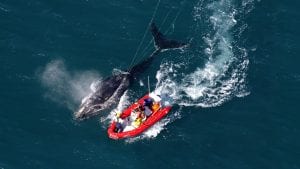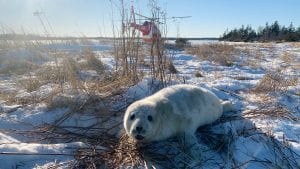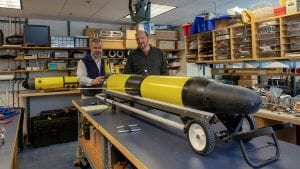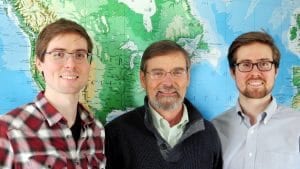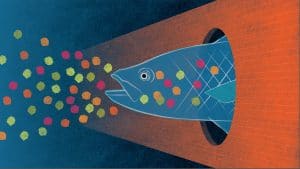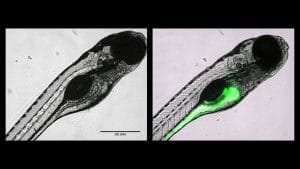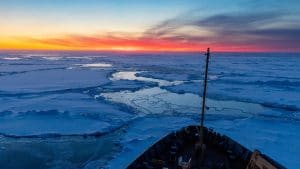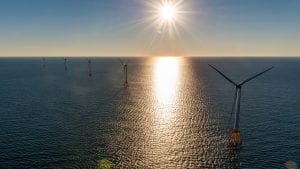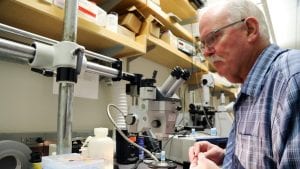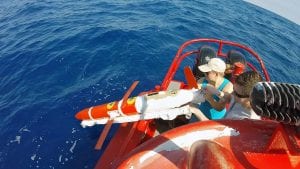Evan Lubofsky

Evan Lubofsky is a science writer and editor at Woods Hole Oceanographic Institution.
After studying journalism at UMass Amherst, he began writing about sensor and instrumentation technologies, eventually working with ocean scientists to tell stories about coral reef ecology, estuarine studies, and other areas of research. He was a 2015 WHOI Ocean Science Journalism Fellow, and his work has appeared in Smithsonian, WIRED, The Verge, Mental Floss, Hakai Magazine, and Frontiers in Ecology among other publications.
The Rise of Orpheus (Part 1)
WHOI’s new deep-sea autonomous underwater vehicle moves one step closer to exploring the hadal zone—the…
Rapid Response at Sea
As sea ice continues to melt in the Arctic and oil exploration expands in the…
Rapid Response at Sea
As sea ice continues to melt in the Arctic and oil exploration expands in the…
Putting the ‘nuclear coffin’ in perspective
WHOI chemist and marine radioactivity expert shares his thoughts about radioactivity waste leaking from Runit…
Underwater robots swarm the ocean
Researchers test a new, acoustic-based navigation system to solve a problem that oceanographers have grappled…
A tunnel to the Twilight Zone
Scientists track hungry blue sharks as they ride swirling currents down to the ocean twilight…
WHOI prepares for 2019 Atlantic Hurricane Season
Researchers deploy autonomous underwater vehicles to improve forecasts By Evan Lubofsky | July 18, 2019…
Hurricane Clues from a Caribbean Blue Hole
Scientists look to sediment cores from Caicos Island to gain insights about a monster, modern-day…
Mining climate clues from our whaling past
Climate scientists work with historians to tap weather records from old New England whaling logbooks.…
Mining climate clues from our whaling past
Climate scientists work with historians to tap weather records from old New England whaling logbooks.…
King Kelp
To help fuel our future energy needs, researchers are sizing up thousands of blades of…
Fish with Flashlights
Down in the dark and shadowy ocean twilight zone, countless species—bristlemouths, lanternfishes, jellies, and others—rely…
A new way of “seeing” offshore wind power cables
Eager to share best practices and technical know-how with the offshore wind sector, WHOI researchers…
Virgin Island Corals in Crisis
A coral disease outbreak that wiped out nearly 80% of stony corals between Florida’s Key…
Untangling Impacts on Right Whales
Whale scientists look for new ways to mitigate whale entanglements in fishing lines
Seal Spy
Drones helps WHOI scientist measure the body mass of mother and pup seals during lactation
Navigating the Changing Arctic
New, fully autonomous glider will collect critical-but-scarce ice thickness measurements from below the surface of…
A Rainfall Forecast Worth its Salt
WHOI scientist Ray Schmitt and sons take top prize in rainfall forecasting competition.
Microplastics in the Ocean – Separating Fact from Fiction
WHOI scientists weigh in on the state of marine microplastics science.
Particles on the Move
An MIT-WHOI Joint Program student investigates what happens to nanoplastics once they're ingested by fish.
A ‘Ticking Time Bomb’ in the Arctic
Scientists discover that the amount of heat in a major Arctic Ocean circulation system has…
Harnessing the Power
Can wind developers and ocean scientists work together to get US offshore wind cranking?
Do Microplastics in the Ocean Affect Scallops?
WHOI scientist Scott Gallager is making field observations and conducting lab experiments to explore the…
Gliders Reveal Tango Between Hurricanes and the Gulf Stream
Spray gliders cruising the east coast are collecting ocean measurement data that hurricane forecast modelers…
